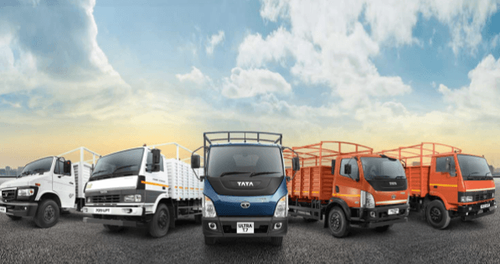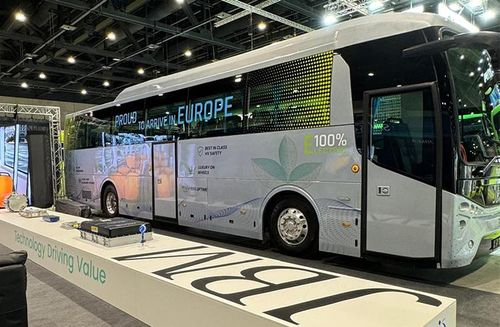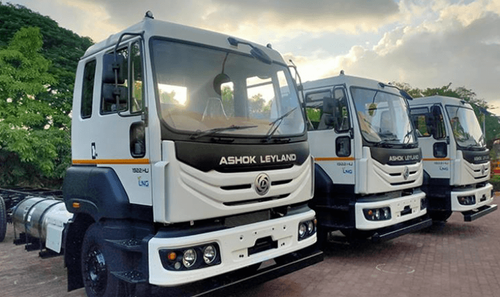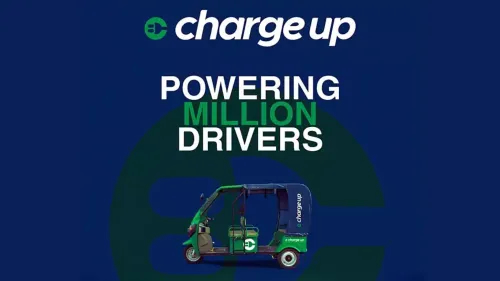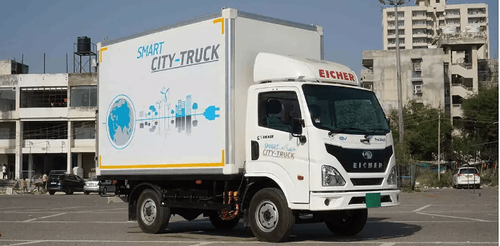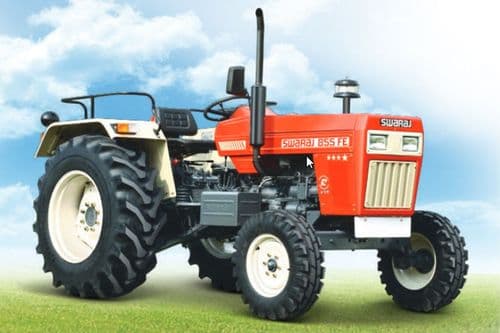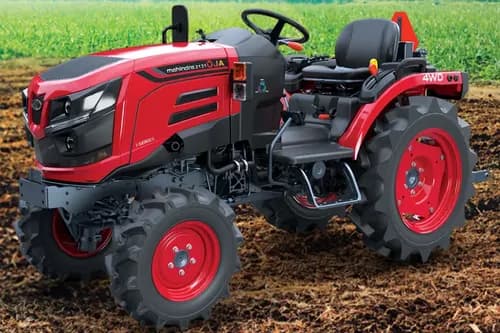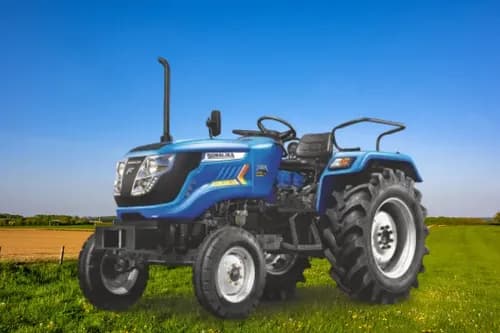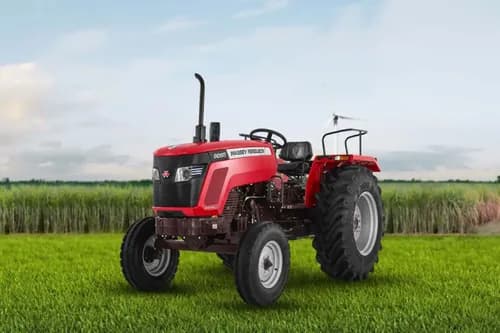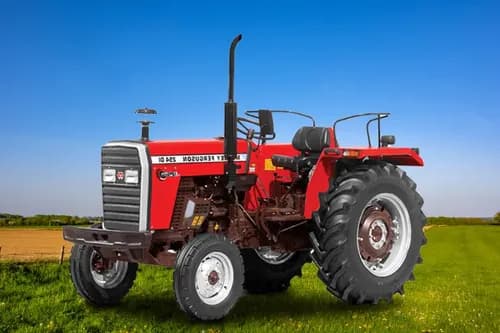Ad
Ad
Ad
VST India is ready for the electric revolution in agricultural automobiles.
Electrification is already happening in some parts of the world, such as the United States, but we hope it will eventually come to India as well.

Much of the coverage of India's transition to electric vehicles (EV) has focused on passenger and light commercial vehicles. However, it is sometimes overlooked that EVs are also well-suited for a variety of niche sectors. Tractors and tillers are two examples of agricultural vehicles.
This is especially important in India, where agriculture has historically been seen as the main economic sector. Although official estimates show that agriculture contributed only 20% of GDP in 2020-2021, it nevertheless employs more than 50% of the overall population. Most notably, several government measures are aimed at boosting this sector.
Several developed markets have already begun to electrify farm vehicles. Although India has yet to adopt them, this does not mean that Indian companies are not working on them. VST Tillers Tractors has already begun collaborating with other manufacturers.
Antony Cherukara, CEO of VST Tillers Tractors stated, "Electrification is already happening in some parts of the world, such as the United States, but we hope it will eventually come to India as well. We have invested in Zimeno Inc, an electric, self-driving tractor firm (Monarch Tractor). We also furnish them with components."
VST's electrification goals for the local market
VST is equipped for electrification in India, having previously worked with worldwide firms. Cherukara anticipates that the Indian agricultural automotive market will be electrified within the next five to ten years.
"VST does have plans for electrification," Cherukara stated. "We've been working on this project for three years. With this experience and the work we undertake for other firms, we can develop items for the Indian market as well. However, we predict that the electric tractor market in India will emerge within the next five to ten years. We'd be more than prepared at that point."
However, Cherukara is clear that electrification represents a substantial shift for a firm and sector that has relied significantly on ICE vehicles for a long time. To make this transition happen, VST would need to collaborate with battery suppliers and other significant component makers in the EV supply chain.
"In terms of collaborations, we would be interested in battery management systems and electrical part technology," Cherukara added. "We primarily provide mechanical tractors powered by an IC engine. So these are the competencies that we would need to develop as we move forward and consider collaborations in these areas."
What it takes to meet the specific requirements of Indian farmers

The agriculture sector faces specific hurdles due to the nature of their work that must be overcome before EVs can make inroads. These difficulties may be exacerbated in a country like India, where the EV ecosystem is still in its early stages.
"The amount of hours that the tractor can function on a single charge is the primary problem in the tractor category," Cherukara added. "It doesn't fulfil the purpose of a farmer until it's six to eight hours, which signifies a full day's labour. Farmers in nations such as the United States purchase a replaceable battery to get a continuous six to eight hours of operation because one stack only delivers three to four hours. However, due to the expense of batteries and the affordability aspect for Indian farmers, this may not be realistic in India."
This means that when it comes to customer acceptance, pricing is essential. When battery and technology rates drop, we may see a significant move toward electric vehicles. Cherukara anticipates that this will occur first in compact and small tractors, followed by larger tractors due to operational duration.
While VST has a clear picture of India's EV future, it is also looking at opportunities elsewhere. The company sees fertile ground in places such as California, where a combination of government initiatives and farming efforts is delivering results.
"The ecosystem in the United States is far more advanced in terms of charging infrastructure and affordability," Cherukara explained. "For example, the government provides substantial subsidies for tractors sold in California. In such markets, electric tractors are heavily subsidized, and many large farmers choose autonomous tractors. Because of the ecosystem, these markets will grow faster, and we will engage in them."
Concerns about a global chip shortage have impacted EV companies in most industries, but because agricultural vehicles utilize relatively few chips, they have not been as badly affected. Although there have been certain general supply chain restrictions, they are now also loosening. This is a sector to keep an eye on as goods get more affordable and India's EV ecosystem develops more.
News
Tata Motors Opens High-Tech Spare Parts Warehouse in Guwahati
The facility also features cutting-edge storage technologies that suit to a variety of applications, such as gravity spiral and vertical reciprocating conveyors. ...
26-Apr-24 12:00 PM
Read Full NewsJBM Electric Vehicles Unveils Zero-Emission Electric Buses at Bus2Bus 2024
Nishant Arya, Vice Chairman and MD of JBM Group, showcased the buses, which are based on worldwide European standards....
26-Apr-24 10:26 AM
Read Full NewsAshok Leyland's Ambitious Plan: From 30 to 200 Software Engineers in 3 Years
Strict rules and the ADAS (Advanced Driver Assistance System) trend are projected to be significant drivers of softwarisation in commercial vehicles....
26-Apr-24 09:13 AM
Read Full NewsChargeup's Big Goal: Enlisting 1 Lakh EV Drivers by 2027
Chargeup aims to onboard 100,000 EV drivers by 2027, fostering sustainable transportation with innovative solutions and driver empowerment....
26-Apr-24 07:10 AM
Read Full NewsTechnavio Report Forecasts Significant Growth in Global LCV Market
Telematics and autonomous driving are two examples of technological developments that are revolutionizing vehicle performance and safety....
26-Apr-24 06:54 AM
Read Full NewsTata Motors Breaks Records with 222 Patents and 117 Design Applications in FY24
Patents cover various vehicle systems like powertrain, body & trim, suspension, brakes, HVAC, and emission control....
25-Apr-24 02:21 PM
Read Full NewsAd
Ad
Latest Articles

Top 10 Kubota Tractors in India: Prices & Specs
26-Apr-2024

Tips for Selling Your Commercial Vehicles
25-Apr-2024
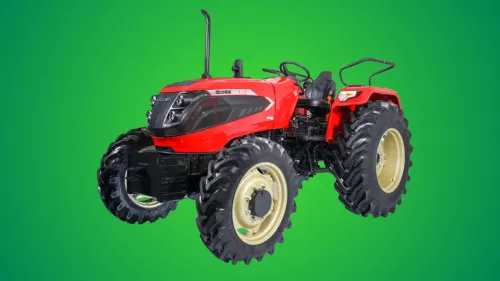
Solis 4215 E: Redefining Farming for Indian Farmers with Innovation & Affordability
25-Apr-2024

Government Initiates Early Implementation Plans for BS-VII and CAFE-III Emission Norms
22-Apr-2024

Tips To Improve Mileage Of Tata Intra V30 Pickup Truck
20-Apr-2024
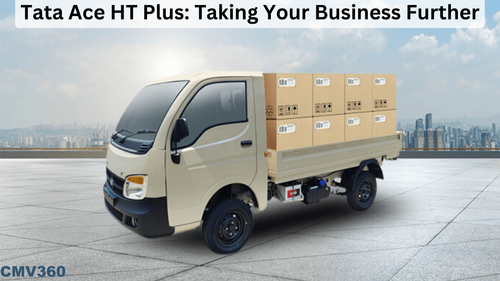
Top 5 Reasons to Buy a Tata Ace HT Plus in India
17-Apr-2024
View All articles
Registered Office Address
Delente Technologies Pvt. Ltd.
M3M Cosmopolitan, 12th Cosmopolitan,
Golf Course Ext Rd, Sector 66, Gurugram, Haryana
pincode - 122002
Join CMV360
Receive pricing updates, buying tips & more!
Follow Us
COMMERCIAL VEHICLE BUYING BECOMES EASY AT CMV360
CMV360 - is a leading commercial vehicle marketplace. We helps consumers to Buy, Finance, Insure and Service their commercial vehicles.
We bring great transparency on pricing, information and comparison of tractors, trucks, buses and three wheelers.
